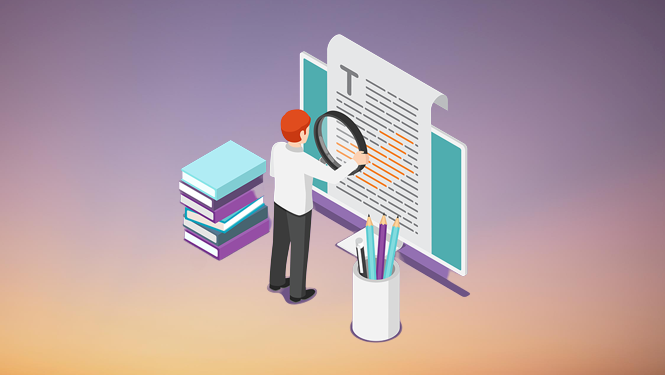What are the different levels of English editing & proofreading?
 ContentConcepts
ContentConcepts
Editing is a critical component of the writing process. It ensures that written material is polished, effective, and communicates the intended message to the reader. The three levels of editing:
Proofreading
Copy editing
Substantive editing
Proofreading
Proofreading is the most basic level of editing. At this level, the editor checks for errors in spelling, punctuation, grammar, and syntax. The goal of proofreading is to catch and correct any mistakes that may have been overlooked during the writing process.
Original: The study found a correllation between smoking and lung cancer. (Correlation)
Edited: The study found a correlation between smoking and lung caner. (Cancer)
Copy Editing
Copy editing is a more thorough level of editing. At this level, the editor focuses on improving the flow, clarity, and consistency of the written material. This involves rewording awkward sentences, correcting grammar and punctuation, and checking for factual errors or inconsistencies. Using the same sentence above, see how the copy editor has improved the sentence.
Original: The study found a significant correlation between smoking and the development of lung cancer. (Simplify and improve flow)
Edited: The research revealed a strong link between smoking habits and the incidence of lung cancer. (Clarify and emphasize)
Substantive Editing
Substantive editing is the most comprehensive level of editing. At this level, the editor examines the content and structure of the writing to ensure that it is effective in achieving its intended purpose. This involves evaluating the organization, logic, tone, and style of the writing, and making significant changes as needed to improve its overall impact.
Original: The findings of the study suggest that smoking is a major contributing factor to the development of lung cancer, highlighting the urgent need for effective smoking cessation programs and public health campaigns. (Rephrase for impact and clarity)
Edited: The study's results demonstrate a clear and compelling association between smoking and lung cancer, underscoring the devastating impact of this preventable disease on individuals and society as a whole. (Stress significance and importance)
In conclusion, proofreading, copy editing, and substantive editing are distinct levels of editing that each serve an essential purpose in ensuring that written material is clear, effective, and communicates the intended message to the reader. By understanding the differences between these levels, writers and editors can work together to create high-quality content that meets their goals and resonates with their audience.
Subscribe to my newsletter
Read articles from ContentConcepts directly inside your inbox. Subscribe to the newsletter, and don't miss out.
Written by

ContentConcepts
ContentConcepts
Our English manuscript editors specialise in editing manuscripts written by authors whose first language is not English. Get the right word, right sentence structure and convey your research findings effectively.